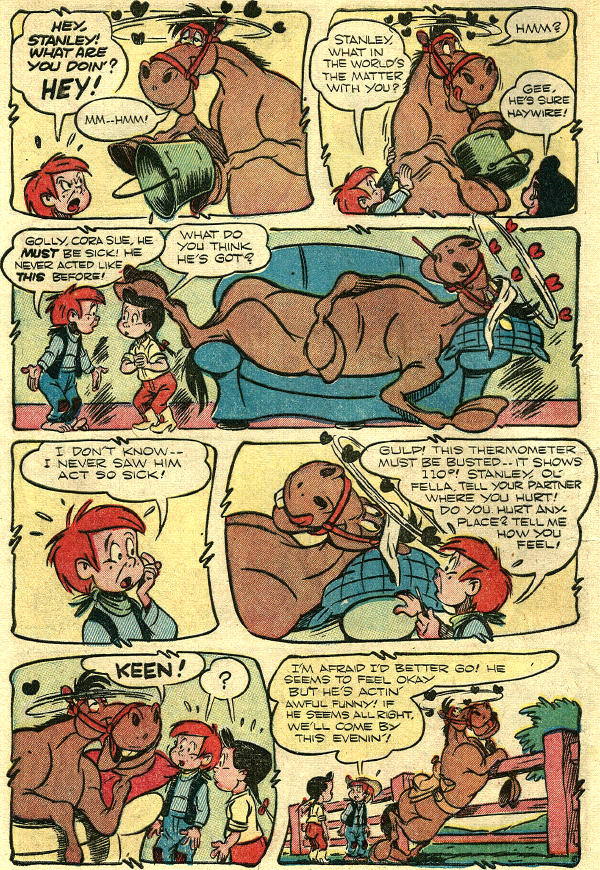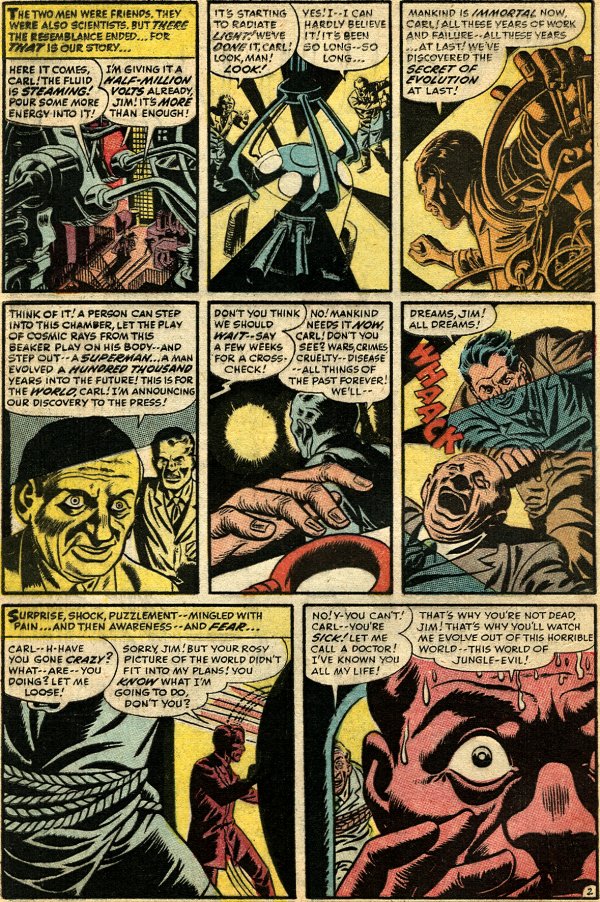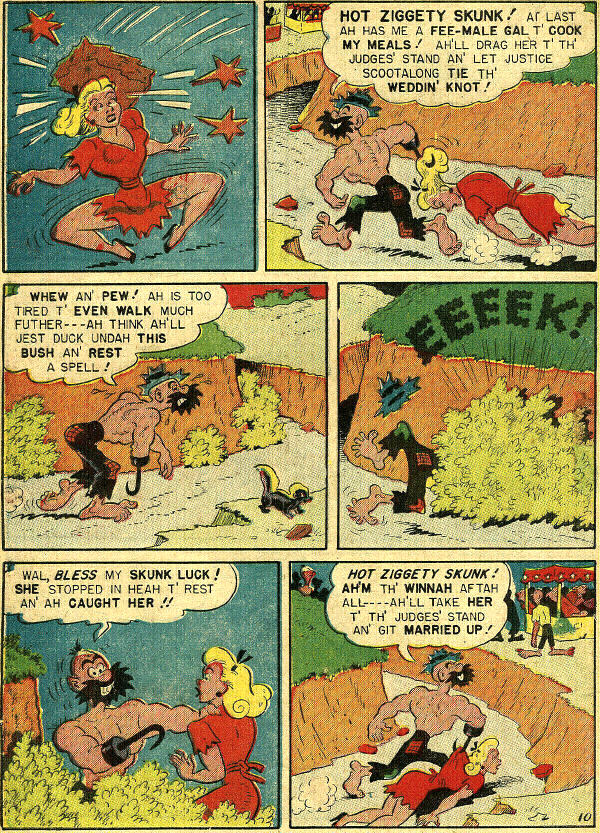 Number 314
Number 314
Captain without wings
The movie,
Iron Man, is a big hit. We can expect at least one big superhero blockbuster every summer. We have more than usual this year, with a couple more coming up later this season. I have seen
Iron Man, but haven't read the comic book since its earliest days when it was drawn by Don Heck. I didn't remember much about the character so I had no expectations or prejudices going in. It was a fun couple of hours.
In the early 1940s when superheroes were new movie studios took notice. Consider this version of Captain America. That character I know. They took the name and the basic costume and changed everything else. Giving the studio complete creative control would've come with the contract that was signed with the publisher. I can imagine how Jack Kirby and Joe Simon reacted when they saw their original creation and concept so screwed over. From Steve Rogers to…
Grant Gardner? From a GI buck private living in a tent with a young boy (!!) to a fighting District Attorney with a female helper? No shield? No chain mail? They also dropped the wings from Cap's hood. Oh well, I never understood the wings, so that meant not all of it was bad.
This article is from Jim Warren's
Screen Thrills Illustrated #7, February 1964:






*******
There's Money in Comics! There's Money in Stan Lee!
Marshal McLuhan's
The Mechanical Bride, sub-titled "Folklore of Industrial Man," came out in 1951, and the edition I have is a reprint from 1967. McLuhan--much studied and quoted in universities, I might add--had several things to say about 1940s comic strips and comic books as part of the folklore of the mid-Twentieth Century.
The one constant between 1951, 1967 and now is the ubiquitous Stan Lee, who was attained near folklore status himself. He popped up in a Hugh Hefner pose, pipe in hand, to proclaim to the readers of
Writer's Digest that "There's Money In Comics!" which became the subject of a McLuhan essay in
The Mechanical Bride. At the time Lee was busy editing and writing dozens of comics, flooding the market with coat-tailing imitations of popular magazines like
Crime Does Not Pay, and anything else that happened to be selling at the moment. He would supplement his income by self-publishing the book,
Secrets Behind The Comics, which he sold from his apartment address, and for an article like "There's Money In Comics!" in a magazine aimed at writers.
I read that Lee had gotten a
settlement with Marvel Comics , which the article said was worth ten million dollars. There's money in comics, indeed!
When his 1947 article appeared in
Writer's Digest, comic book writers didn't get royalties for their work. If they wanted to eat that month they kept the pages flying from their typewriters. Lee was in a better position than most because he was also paid as an editor. He kept his job even when Martin Goodman, who owned the publishing company, ordered Lee to fire the permanent bullpen staff of artists and writers. From then on work done for Atlas Comics was on a piecemeal, freelance basis. I imagine Lee was one of the few who was pulling down a salary.
Flash forward over 60 years and Lee, born in 1922 but keeping the Grim Reaper at bay, appeared in a cameo in
Iron Man, in what I perceived in the few seconds it flashed before me, as that Hefner-type again, with women. It was Stan Lee in another of his cameo appearances. I wonder if Lee got paid for this bit or did it because his fans have expectations, and because he wants to remind everyone that he was there when Iron Man was born in the comics back in '62. As far as money goes for a cameo, he probably doesn't need it. He gets money, he gets adoration, he gets adulation. There's more than money in comics…if you're Stan Lee.






















































